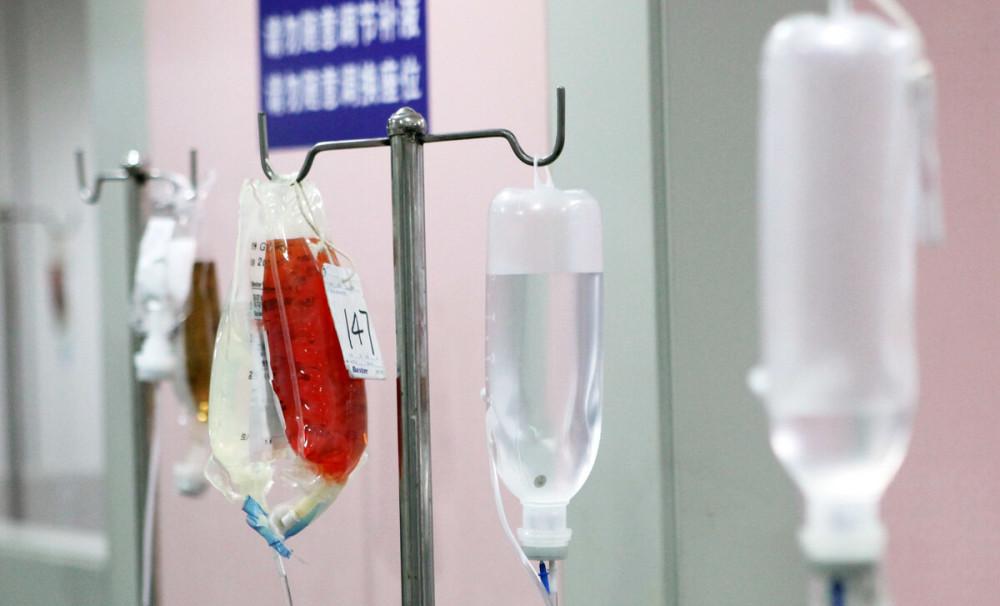Sometimes you may hear the saying that who used to be diabetic, is now cured and does not take medicine!
Some people say that who has been misdiagnosed, used to say that it was diabetes! Now eat everything, and the blood sugar is not high!
These claims may be wrong, but they may also not be diagnosed with diabetes. Because in clinical treatment, some blood sugar is indeed found to be very high, but diabetes cannot be diagnosed.
Let's say an example:
A patient in the surgical consultation had a blood glucose of 16.2, and the doctor was very anxious, when would this diabetic person be able to do surgery?
The patient is a patient with a fracture of the femur neck caused by trauma, no family history of diabetes, no thirst, drinking, weight loss, admission to 1 day, multiple blood sugar measurements are high, I said, this is not necessarily a diabetic person.

Why? Let's start with and look at the diagnostic criteria for diabetes.
The diagnostic criteria for diabetes must be very familiar to everyone, the diagnosis is mainly to see the blood glucose results, if the fasting blood sugar exceeds 7.0, the blood sugar 2 hours after the meal or the blood sugar after taking 75g of glucose exceeds 11.1, or the blood sugar at any time exceeds 11.1, then the diagnostic criteria for diabetes are met.
However, for such a blood glucose situation, we say that the diagnostic criteria for diabetes are met, not that diabetes can be diagnosed.
Diagnosing diabetes may also be overlooked by everyone, that is, we must exclude stress states, acute infection, trauma or other stress conditions can have a temporary increase in blood glucose, which can not be diagnosed with blood glucose values at this time.
Our patient today, that is, after admission to the hospital, the blood glucose measured many times has reached the diagnostic criteria for diabetes, but the patient's glycosylated hemoglobin is only 5.2%, indicating that the patient's blood glucose in the recent period is normal. Blood sugar rises because the patient is in the emergency period of fracture, due to a variety of glycemic hormone secretion, these glycosteroids will also fight against insulin, so that the body's insulin can not play a normal hypoglycemic effect, so that blood sugar rises, to meet the diagnostic criteria of diabetes.
For such patients, it is necessary to distinguish and see if the patient is in a special period, and the blood glucose in the special period cannot be used as a diagnostic criterion for diabetes. Blood glucose testing is carried out 2 weeks after the special period, and the more accurate requirement is to do glucose tolerance tests, if the blood glucose at that time still exceeds the diagnostic criteria for diabetes, we can say that the patient has been diagnosed with diabetes.
In addition, we also have an auxiliary tool, that is, glycosylated hemoglobin, glycosylated hemoglobin represents the average blood glucose in the last 3 months, if the glycosylated hemoglobin is not high, indicating that the rise in blood sugar is a very short period of time. Then patients in this special period, even if the blood sugar is high, may also be due to some acute lesions, such as infection, trauma, acute stroke and other diseases caused by elevated blood sugar, only these disease states have improved, stabilized, then wait 2 weeks later, we will look at the blood glucose situation, and then determine the patient's glucose metabolism status.
What should I do if my blood sugar is high in patients in the acute phase?
In this case, we recommend the use of insulin, the application of insulin will be elevated blood sugar in a normal state, to ensure the treatment of diseases in surgery, cardiology and other departments. One of the biggest characteristics of such patients is that with the improvement of the condition, the amount of insulin will be greatly reduced, we once had a femoral fracture with intermuscular abscess in the initial stage of the daily insulin dosage to more than 80 units, after 2 weeks of hospitalization, the amount of insulin used is less than 10 units, completely discontinued when discharged. This is a patient with acute stress. Glucose tolerance tests after discharge showed prediabetes.
Some diabetic friends say that they have diabetes, and even used to be insulin therapy, but then they were eradicated, cured, and misdiagnosed! This is what could happen. Although this situation occurs relatively rarely, it may be. Think about it, is this the state when you diagnose diabetes?